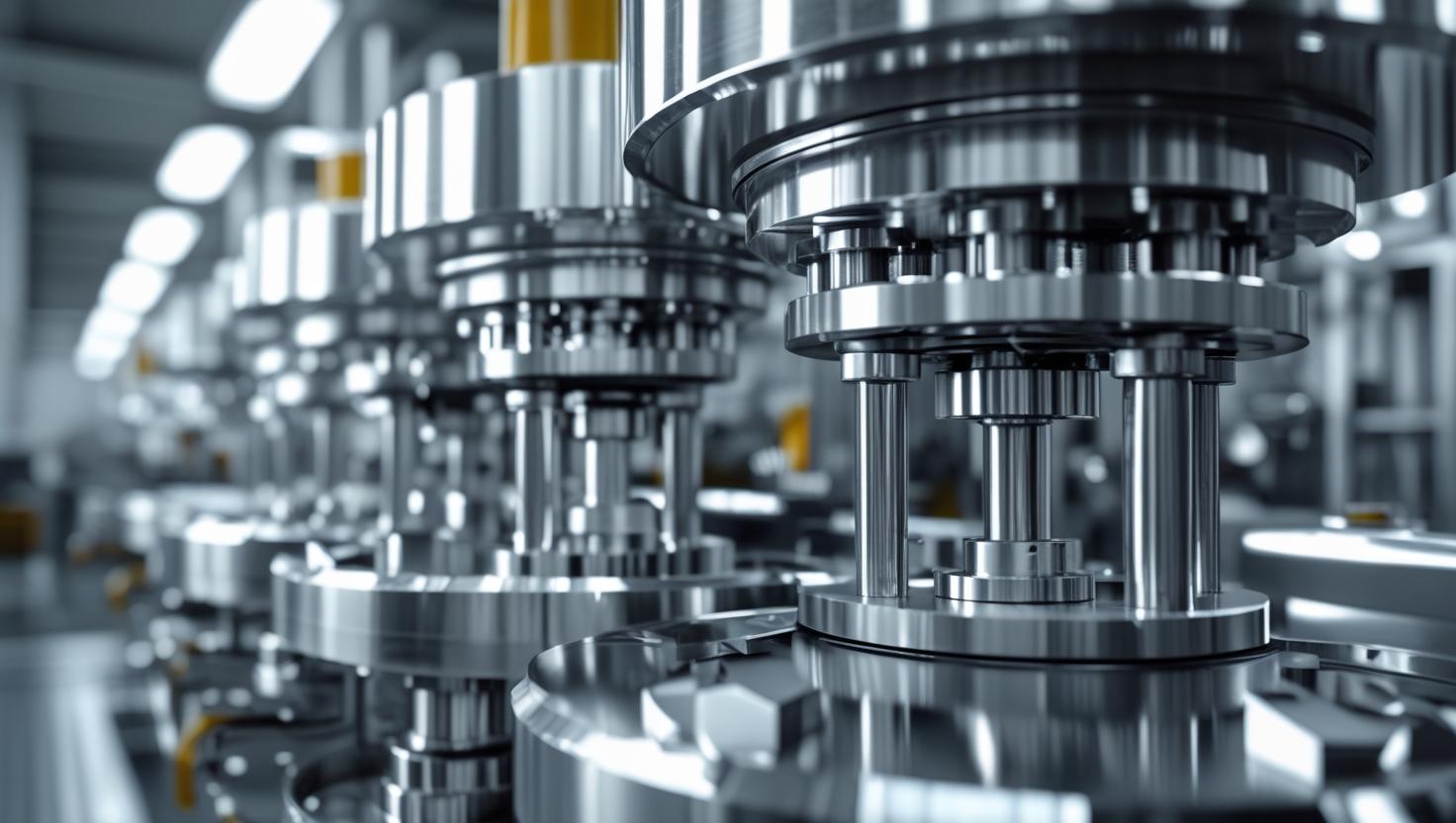In the world of modern pharmaceuticals and nutraceuticals, tablet dosage forms are among the most commonly used and trusted formats for drug delivery. Behind the scenes, a specialized piece of equipment known as the tablet press works tirelessly to manufacture these consistent, precise, and high-quality tablets. As demand for mass production, precision dosing, and regulatory compliance rises, tablet presses have become indispensable to the pharmaceutical manufacturing ecosystem.
https://www.marketsandmarkets.com/pdfdownloadNew.asp?id=268102519

What is a Tablet Press?
A tablet press, also known as a tableting machine or tablet compression machine, is a mechanical device that compresses powders into solid tablets of uniform size, weight, and content. These machines are engineered to produce tablets at high speeds while maintaining accuracy and quality.
Tablet presses can produce single-layer, multi-layer, or coated tablets depending on the formulation and therapeutic goals. The process is controlled under tight parameters to ensure dose uniformity, mechanical strength, disintegration, and stability.
Types of Tablet Presses
Tablet presses are broadly categorized into two main types:
1. Single-Punch Tablet Press
This type uses a single set of tooling (a die and a pair of punches). It’s commonly used for small-scale production, R&D, and formulation trials. It offers simplicity and cost-effectiveness for short runs.
2. Rotary Tablet Press
A high-speed, automated machine with multiple stations (turrets), capable of producing thousands of tablets per hour. Rotary tablet presses are widely used in commercial-scale manufacturing and can accommodate various tablet shapes, sizes, and multilayer formats.
Some advanced rotary presses also feature dual-sided compression, force-feeding mechanisms, and multi-tip tooling to maximize output.

Core Components and Working Principle
A typical tablet press consists of:
-
Hopper: Holds and feeds powder blend.
-
Feeding system: Ensures even powder distribution into dies.
-
Dies: Hollow molds that define the tablet’s diameter and shape.
-
Upper and lower punches: Compress powder inside the die.
-
Turret: Rotates to allow simultaneous filling, compression, and ejection at different stations.
-
Ejection system: Pushes finished tablets out of the die for collection.
The operation follows a simple but precise sequence: fill → compress → eject.
Applications of Tablet Presses
Tablet presses are used extensively across industries:
Pharmaceuticals: To produce therapeutic tablets such as analgesics, antibiotics, and antihypertensives in a consistent and scalable manner.
Nutraceuticals: For vitamins, dietary supplements, and herbal blends.
Veterinary: For pet and livestock medicines in chewable or coated tablet forms.
Chemical and Industrial: To compress detergent powders, catalysts, or industrial salts into compact forms for transport and handling.
Technology Advancements in Tablet Presses
As the pharmaceutical industry advances toward greater automation, digitization, and quality compliance, tablet presses have evolved significantly. Some of the key innovations include:
Automation and PLC Integration: Modern presses are equipped with programmable logic controllers (PLCs) that allow for recipe-based production, real-time monitoring, and easy adjustments.
In-Process Quality Control (IPQC): Features such as online weight monitoring, thickness checking, and hardness measurement ensure batch consistency without manual inspection.
AI and Predictive Maintenance: Advanced machines incorporate AI-based algorithms to predict wear and tear, schedule maintenance, and avoid unexpected downtime.
Multilayer Tableting: Machines capable of producing two-layer or three-layer tablets are increasingly in demand for combination drugs and time-release formulations.
Tooling Innovation: Hardened steel and wear-resistant coatings increase tooling life and reduce friction-related defects.

Importance in GMP and Regulatory Compliance
Tablet presses are integral to compliance with Good Manufacturing Practices (GMP) and regulatory standards such as those set by the FDA, WHO, and EMA. The machine must provide:
-
Accurate dosing
-
Consistent compression force
-
Cleanability and validation support
-
Data logging and traceability
Many machines are equipped with audit trails and CFR Part 11 compliance features for electronic records, essential for regulatory approval in major markets.
Challenges in Tablet Press Operation
Despite the advances, manufacturers face several challenges:
-
Powder flow variability: Inconsistent flow can affect weight and content uniformity.
-
Tooling wear: Regular use leads to punch and die wear, affecting tablet quality.
-
Capping and lamination: Defects that occur due to air entrapment or poor compression settings.
-
Changeover time: In multi-product facilities, frequent changeovers can affect productivity unless machines are designed for fast tool swaps.
Pharmaceutical Manufacturing Equipment Market by Machine (Mixing & Blending, Milling, Spray Drying, Granulation, Extrusion, Tablet Compression, Sterilization, and Inspection), Process (Encapsulation, Formulation, Aseptic) – Global Forecast to 2029
